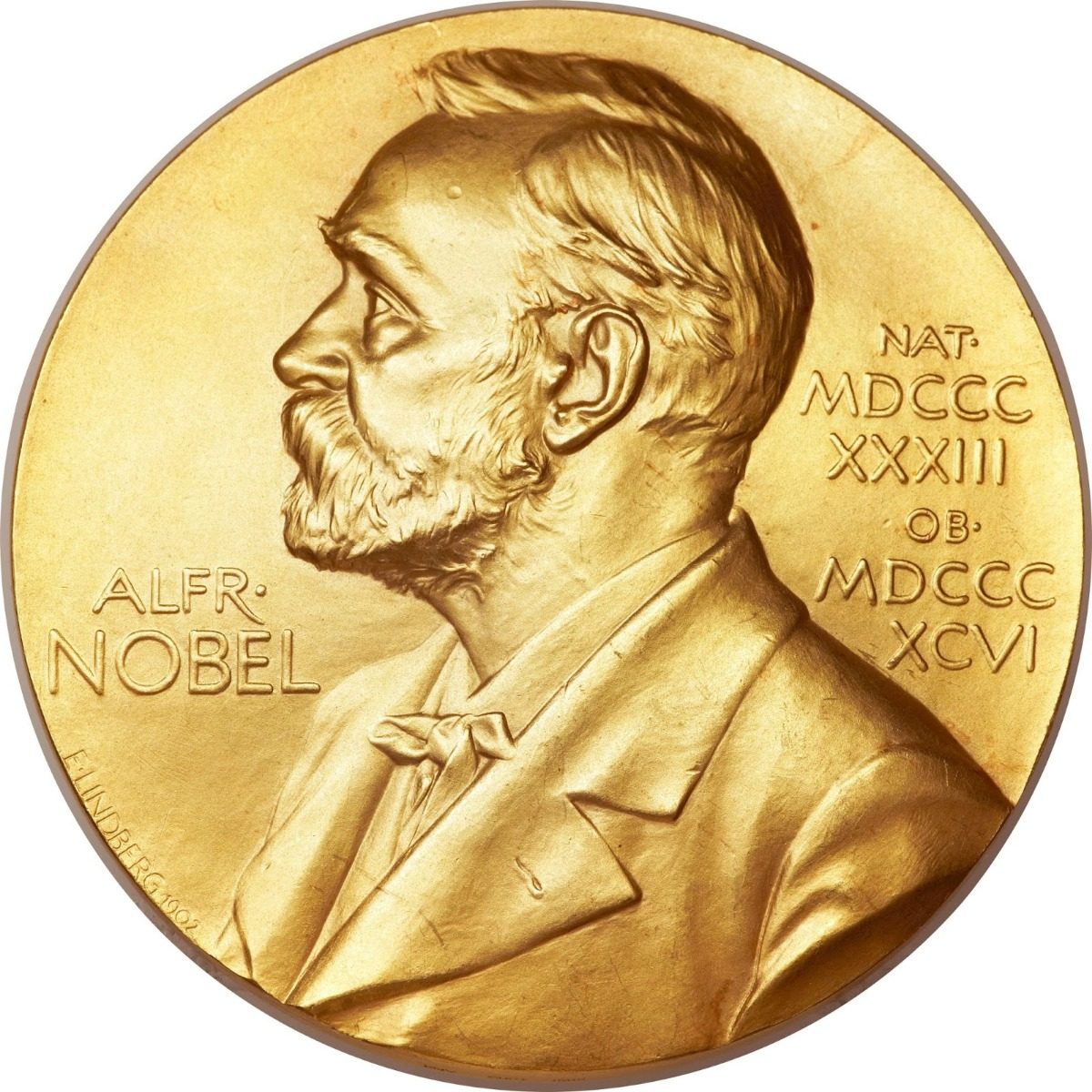
Twentieth-Century Geniuses: Nikola Tesla
Nikola Tesla (July 10, 1856, Smilyan, Gospic, Austrian Empire - January 7, 1943, New York, New York, USA), inventor in the field of electrical and radio engineering of Serbian origin, scientist, engineer, physicist Born in the Austrian Empire, raised in Austria-Hungary, in later years he worked mainly in France and the USA. In 1891 he received US citizenship.
He is widely known for his contributions to the development of AC devices, polyphase systems, the synchronous generator and the induction motor, which led to the so-called second stage of the industrial revolution.
He is also known as a supporter of the theory of the existence of the ether - thanks to his numerous experiments and experiments, which aimed to show the presence of the ether as a special form of matter that can be used in technology.
In honor of the inventor, the unit of measurement of magnetic flux density (magnetic induction) is named - tesla. Among the many awards are the medals of Elliot Cresson, John Scott, Thomas Edison.
Contemporary biographers call Tesla "the man who invented the 20th century" and the "patron saint" of modern electricity.
After demonstrating the radio and winning the "War of the Currents," Tesla gained widespread recognition as an outstanding electrical engineer and inventor. Tesla's early work paved the way for modern electrical engineering, and his early discoveries were innovative. In the United States, Tesla could compete in fame with any inventor or scientist in history, as well as in popular culture.
Tesla's family lived in the village of Smilyan, 6 km from the town of Gospic, the main town of the historical province of Lika, which at that time was part of the Austrian Empire. Father - Milutin Tesla (1819-1879), priest of the Srem diocese of the Serbian Orthodox Church, Serb. Mother - Georgina (Dzhuka) Tesla (1822-1892), nee Mandic, was the daughter of a priest. On July 10, 1856, the fourth child, Nikola, appeared in the family. In total, the family had five children: three daughters - Milka, Angelina and Maritsa and two sons - Nikola and his older brother Dane. When Nicola was five years old, his brother died after falling from his horse.
Nikola finished the first grade of elementary school in Smilany. In 1862, shortly after the death of Dane, the father of the family received a promotion, and the Tesla family moved to Gospic, where Nikola completed the remaining three classes of elementary school, and then the three-year lower real gymnasium, which he graduated in 1870. In the autumn of the same year, Nikola entered the Higher Real School in the city of Karlovac. He lived in the house of his aunt, his father's cousin, Stanka Baranovich.
In July 1873, Nikola received his Abitur. Despite his father's orders, he returned to his family in Gospic, where there was a cholera epidemic, and immediately became infected. Here is what Tesla himself had to say about it.
Inventions and scientific works
In total, Tesla has more than 700 inventions and patents, some of which are the most important historical milestones of modern electricity. Tesla probably invented radio before Marconi and Popov, and also worked with X-rays before their official discovery by Wilhelm Roentgen.
Alternating current
Working for Westinghouse, he patented the use of multi-phase alternating current systems. Before the invention of the asynchronous (induction) motor, alternating current was not widely used, since it could not be used in pre-existing electric motors.
Since 1889, Nikola Tesla began to research high-frequency currents and high voltages. He invented the first samples of electromechanical RF generators (including the inductor type) and a high-frequency transformer (Tesla's transformer, 1891), thereby creating the prerequisites for the development of a new branch of electrical engineering - RF technology.
In the course of research on high-frequency currents, Tesla paid attention to safety issues. Experimenting on his body, he studied the effect of alternating currents of various frequencies and strengths on the human body. Many of the rules first developed by Tesla have become part of the modern basics of safety when working with high-frequency currents. He discovered that at a current frequency of more than 700 Hz, an electric current flows over the surface of the body without harming the tissues of the body. Electrical devices developed by Tesla for medical research are widely used in the world.
Experiments with high-voltage high-frequency currents led the inventor to discover a method for cleaning contaminated surfaces. A similar effect of currents on the skin has shown that in this way it is possible to remove small rashes, cleanse pores and kill germs. This method is used in modern electrotherapy.
Field theory
On October 12, 1887, Tesla gave a strict scientific description of the essence of the phenomenon of a rotating magnetic field. On May 1, 1888, Tesla received his main patents for the invention of polyphase electrical machines (including an asynchronous electric motor) and a system for transmitting electricity through polyphase alternating current. With the use of a two-phase system, which he considered the most economical, a number of industrial electrical installations were launched in the USA, including the Niagara hydroelectric power station (1895), the largest in those years.




